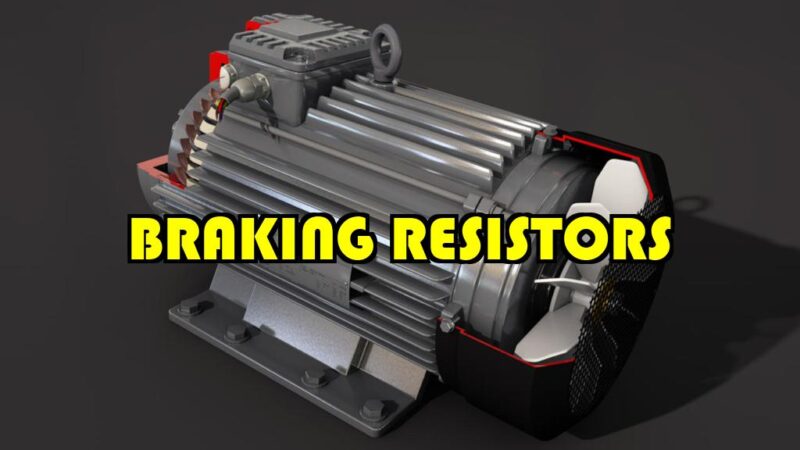In the world of industrial machinery, braking resistors ensure the smooth and efficient operation of various systems. As we discuss these components, we will reveal the mysteries surrounding their functionality and explore how they contribute to the optimal performance of machinery across diverse sectors.
Understanding Braking Resistors
What are Braking Resistors?
Braking resistors are essential components designed to manage and control the energy generated during the braking process of electric motors. Their primary function is to dissipate excess energy, preventing damage to the motor and ensuring a seamless braking experience.
Types of Braking Resistors
- Dynamic Braking Resistors: These resistors are specifically engineered to handle the regenerative energy produced during the deceleration of motors.
- Dump Braking Resistors: Ideal for applications with intermittent braking, dump braking resistors provide a reliable solution for dissipation of excess energy.
- Wire Wound Resistors: Known for their robust construction, wire wound resistors offer durability and high power dissipation capabilities.
Importance of Braking Resistors in Industrial Applications
Energy Efficiency
One of the primary advantages of incorporating these resistors in industrial setups is the enhancement of energy efficiency. By efficiently managing excess energy during braking, these resistors contribute to reduced energy consumption and, consequently, lower operational costs.
Extended Equipment Lifespan
Effective braking resistor utilization translates to decreased stress on motors and associated components. This leads to a prolonged lifespan for industrial machinery, minimizing the need for frequent repairs and replacements.
Precision Control
In applications where precise control is paramount, such as in robotics and CNC machines, these resistors ensure that the braking process is finely tuned. This level of control is indispensable for industries that demand accuracy and repeatability in their processes.
Choosing the Right Braking Resistor for Your Application
Considerations for Selection
- Power Rating: The power rating of the braking resistor should align with the motor’s specifications to ensure optimal performance.
- Resistance Value: The resistance value determines the rate at which the resistor dissipates energy. Choosing the right value is crucial for effective braking.
- Enclosure Type: Depending on the environmental conditions of your application, selecting the appropriate enclosure type is vital to protect the resistor from external factors.
ALSO READ: Schottky Diodes: Engineer’s best Guide 2024
Installation and Maintenance Best Practices
Installation Guidelines
Proper installation is paramount to maximizing the efficiency of braking resistors. Follow these guidelines:
- Positioning: Install the resistor close to the motor to minimize wiring lengths and reduce the risk of signal interference.
- Cooling Considerations: Adequate cooling is essential for optimal performance. Ensure proper ventilation or consider additional cooling mechanisms for high-demand applications.
Maintenance Tips
Regular maintenance is key to ensuring the longevity of braking resistors:
- Inspect for Damage: Periodically check for physical damage, such as cracks or discoloration, and replace damaged resistors promptly.
- Cleanliness is Key: Keep the resistor and surrounding areas clean to prevent the accumulation of dust and debris, which can impact performance.
Conclusion
In conclusion, understanding the intricacies of braking resistors is pivotal for anyone seeking to optimize the performance of industrial machinery. From their types and importance to the selection criteria and maintenance practices, this comprehensive guide equips you with the knowledge needed to make informed decisions.









